Looking good as always. What do you have here??
Thanks. That's a bit of an experiment at this point (Scleronephthya sp.). I'll have more to say about it if I can keep it alive and healthy for an extended period of time.
Last edited:
Follow along with the video below to see how to install our site as a web app on your home screen.
Note: This feature may not be available in some browsers.
Looking good as always. What do you have here??
Have you had anymore sightings of “Bob” the Eunice worm?
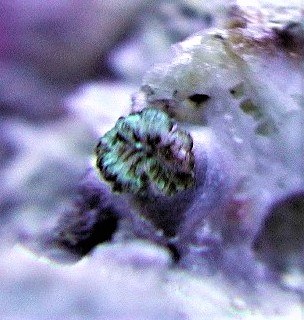
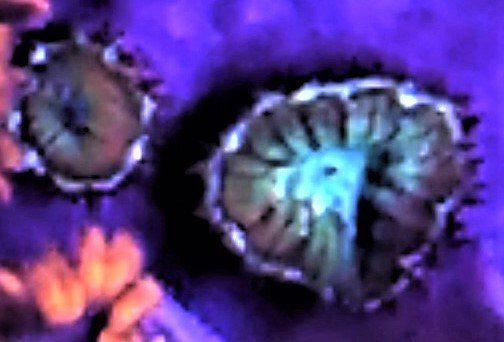
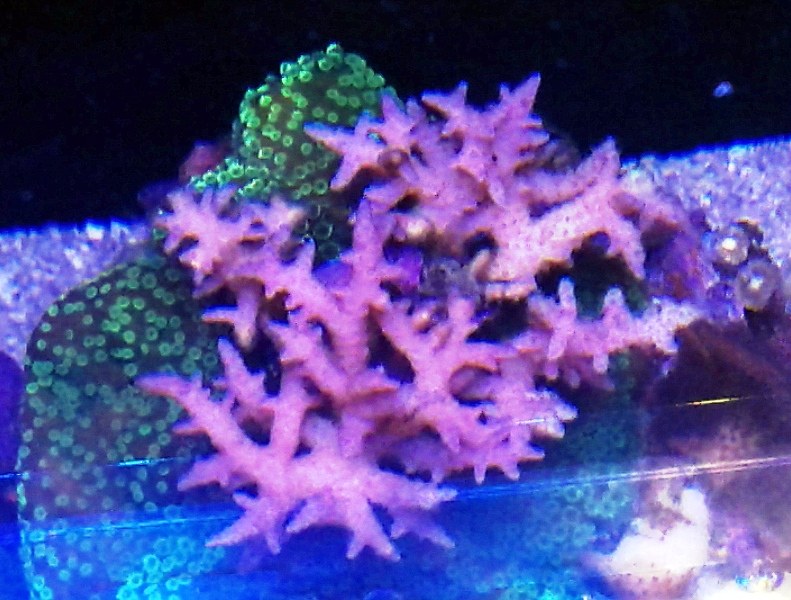
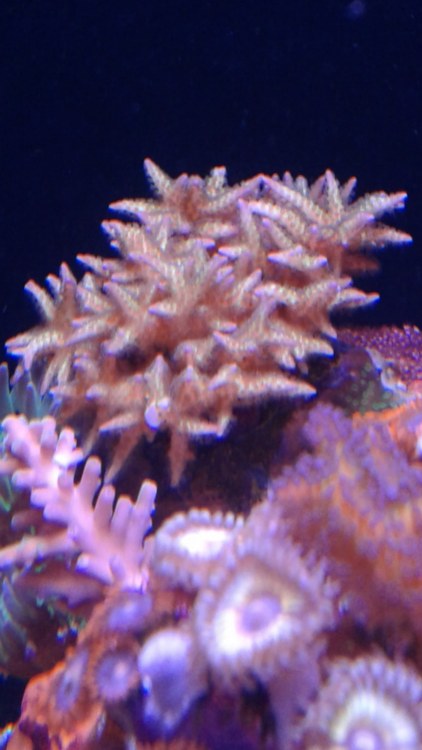
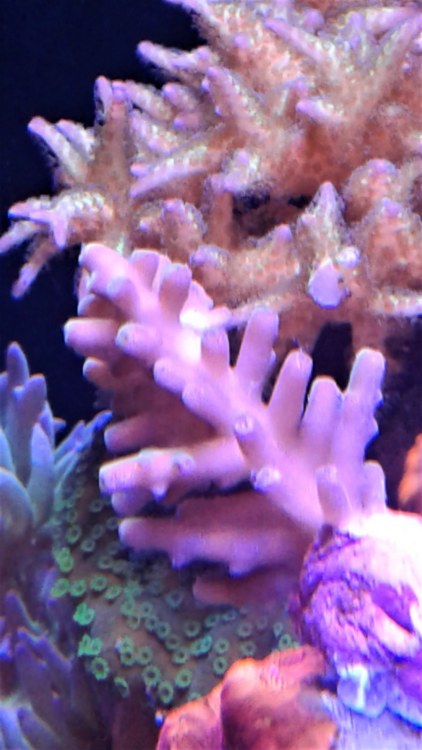
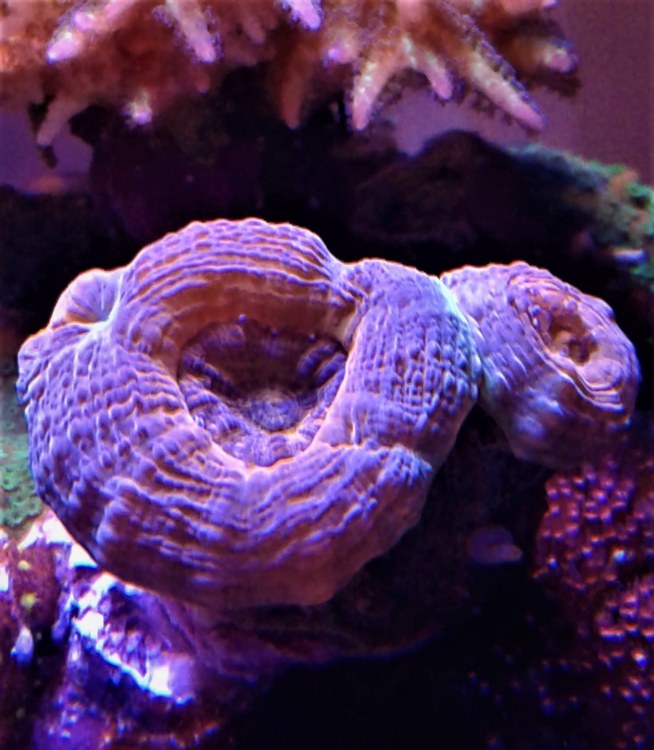
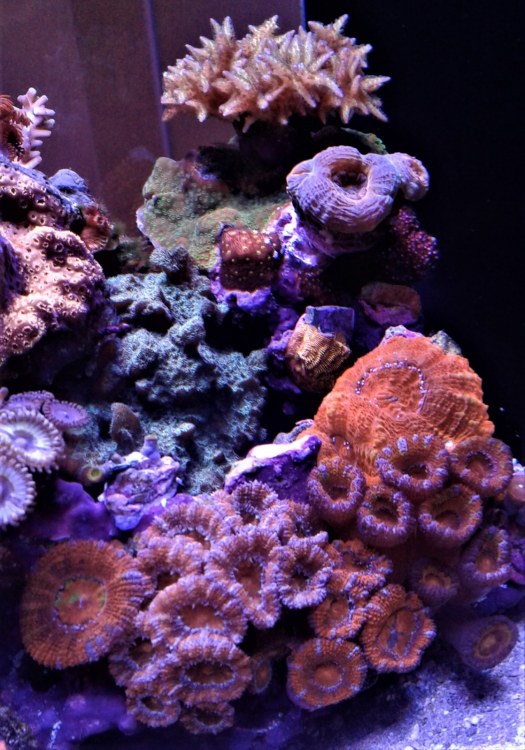
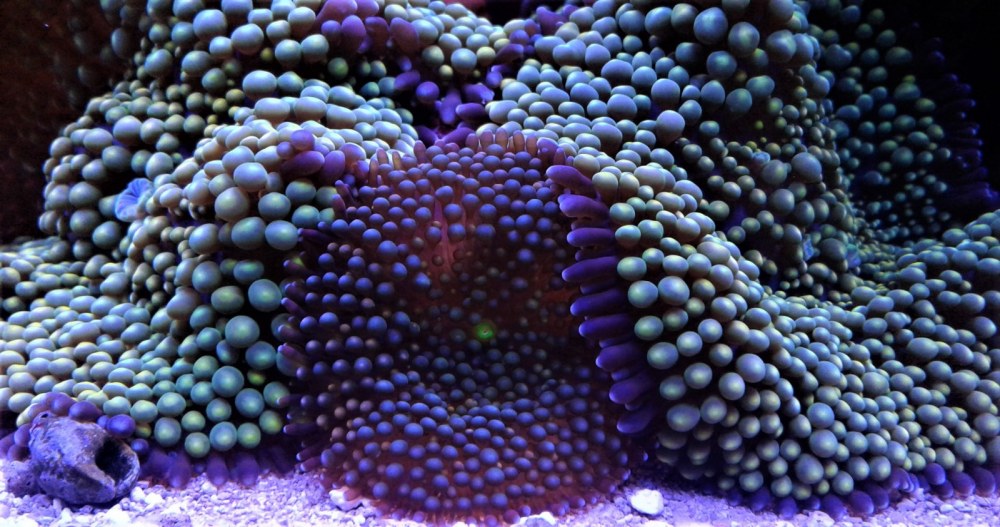
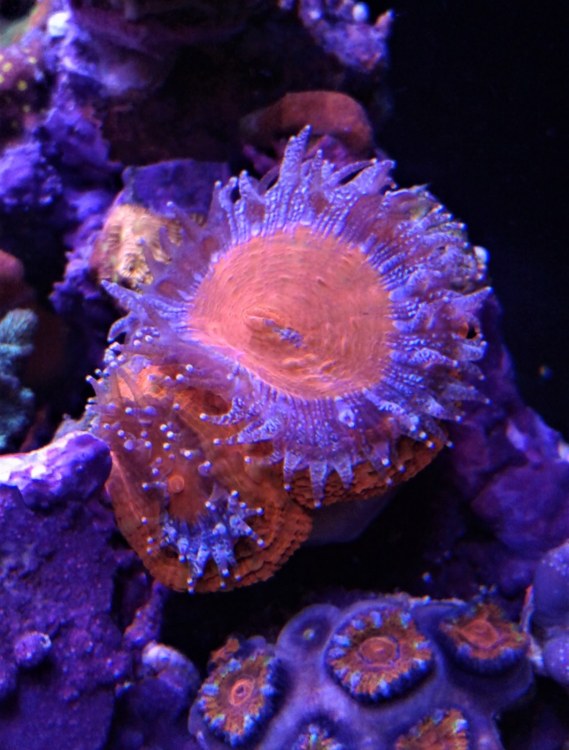
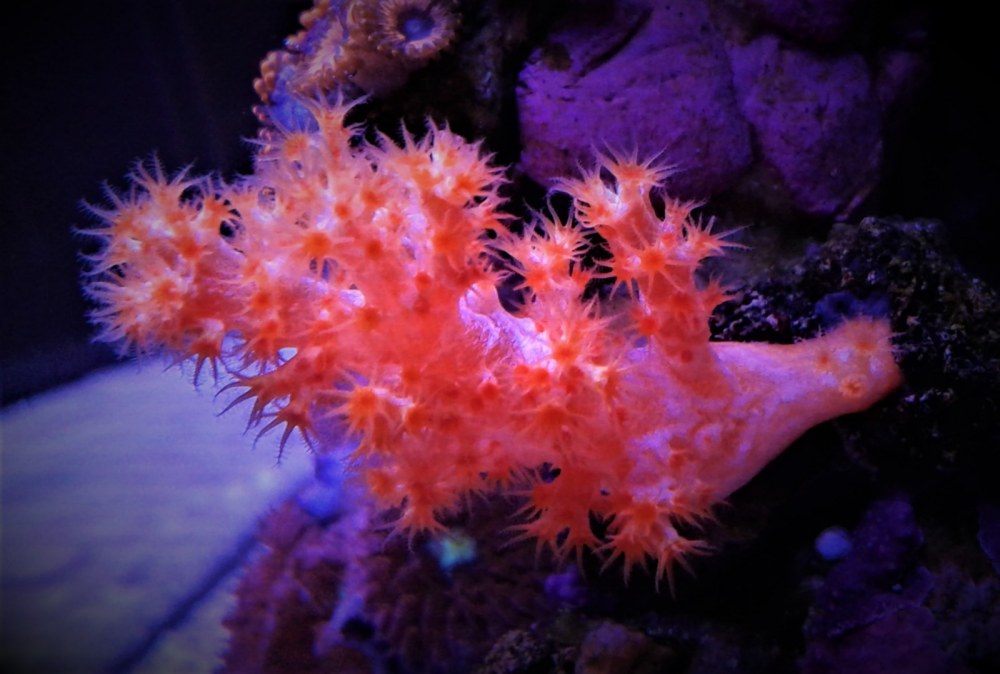
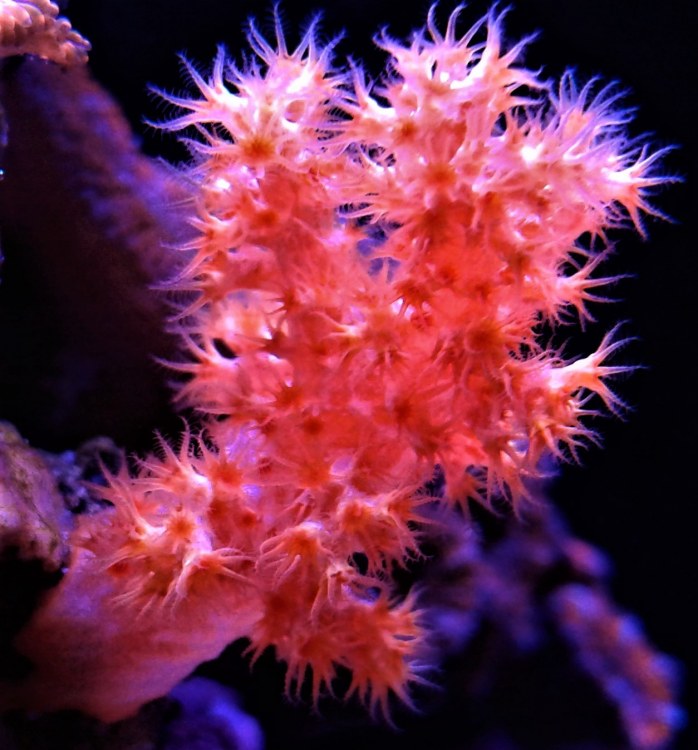
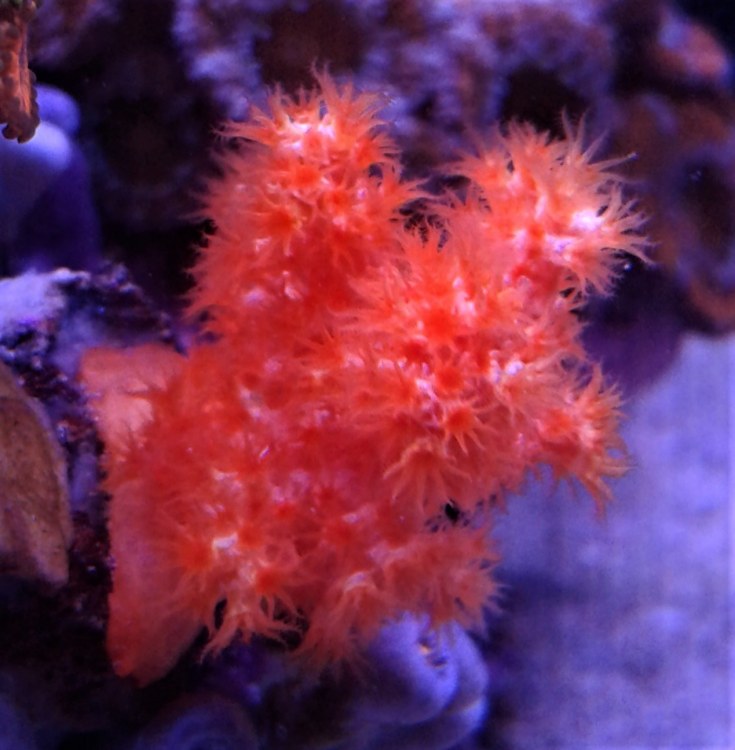
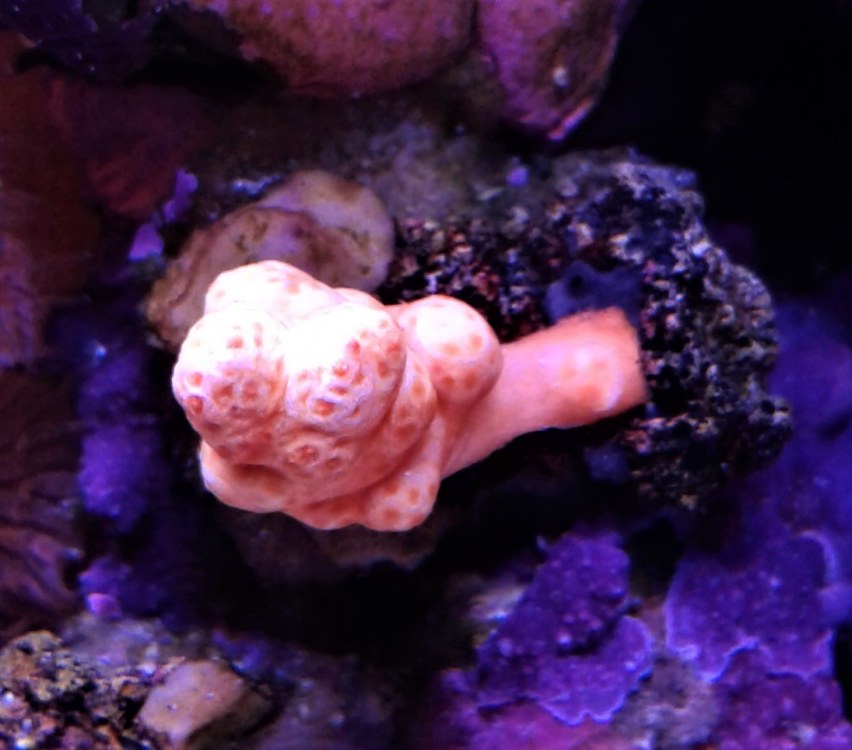
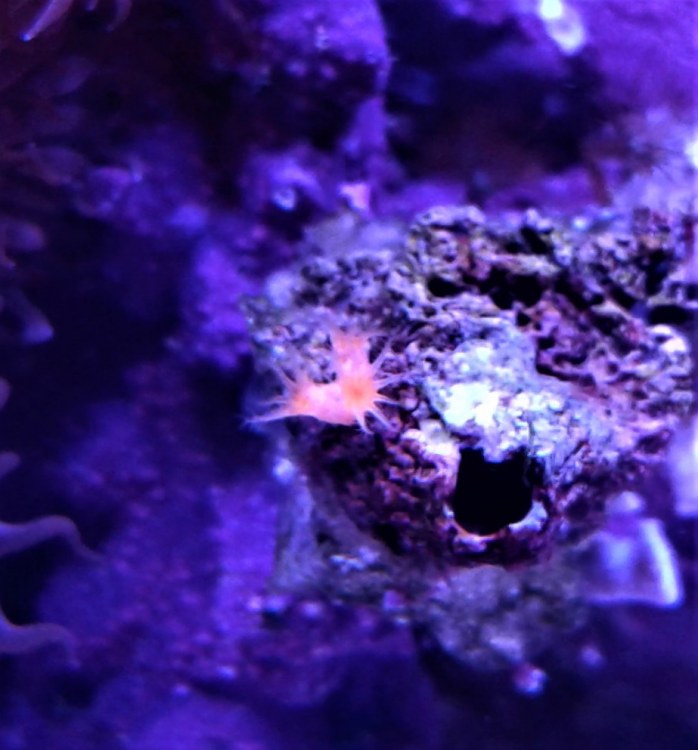
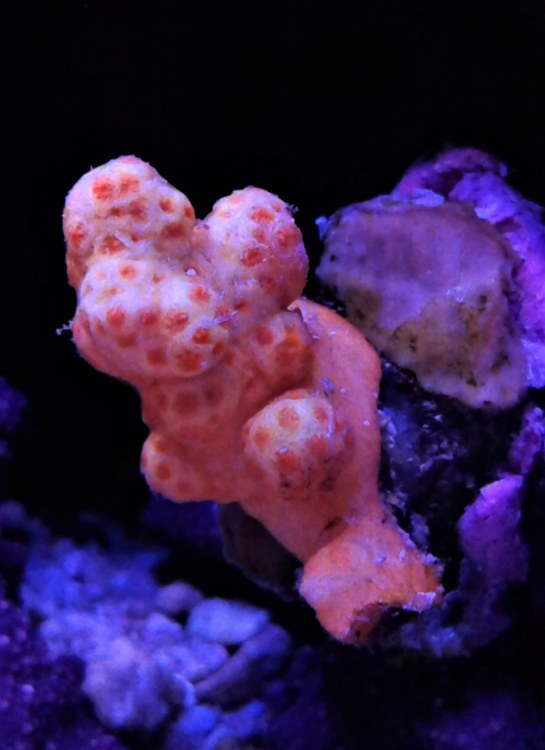
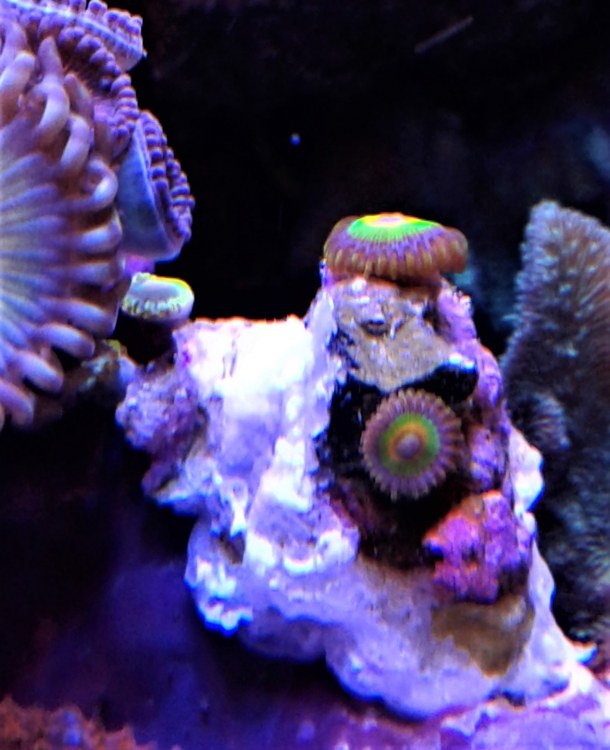
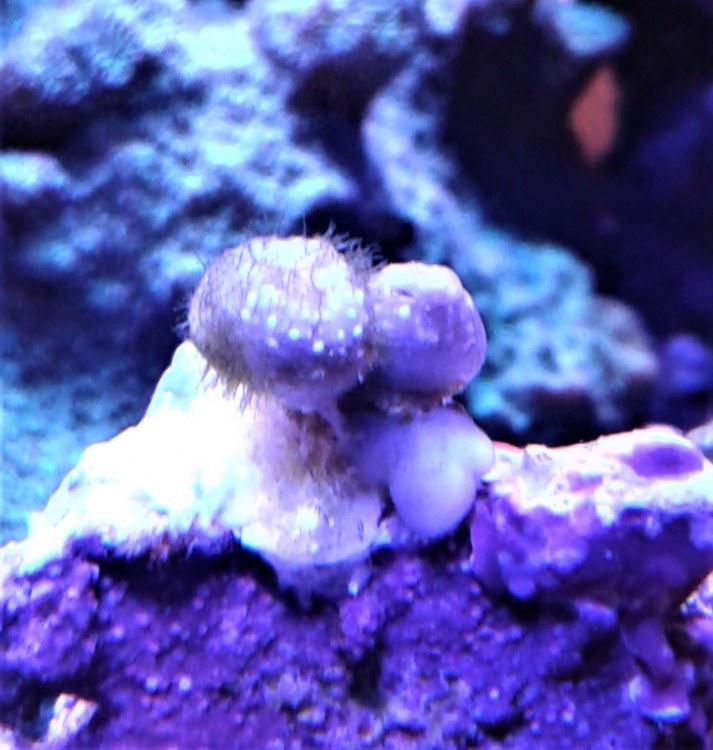
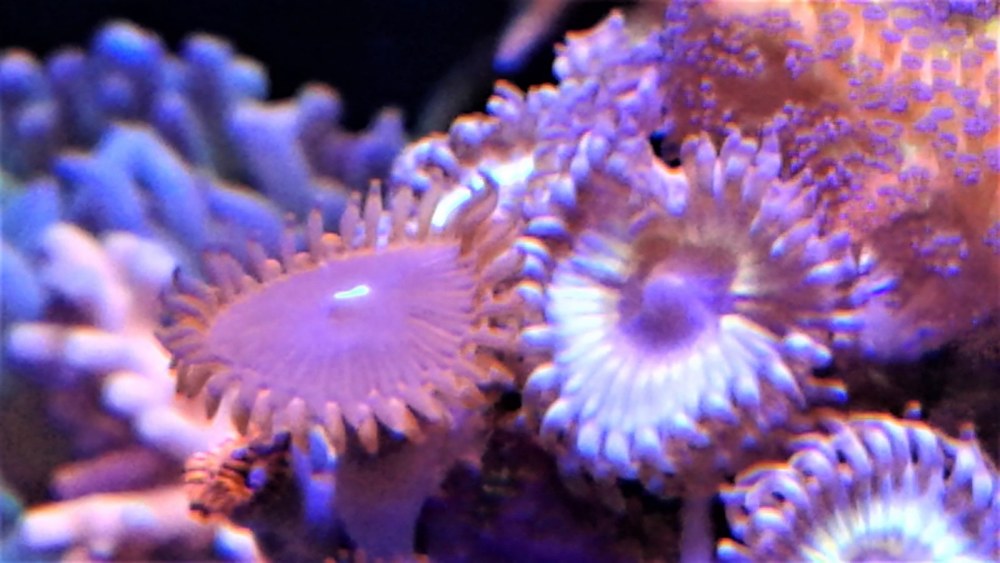
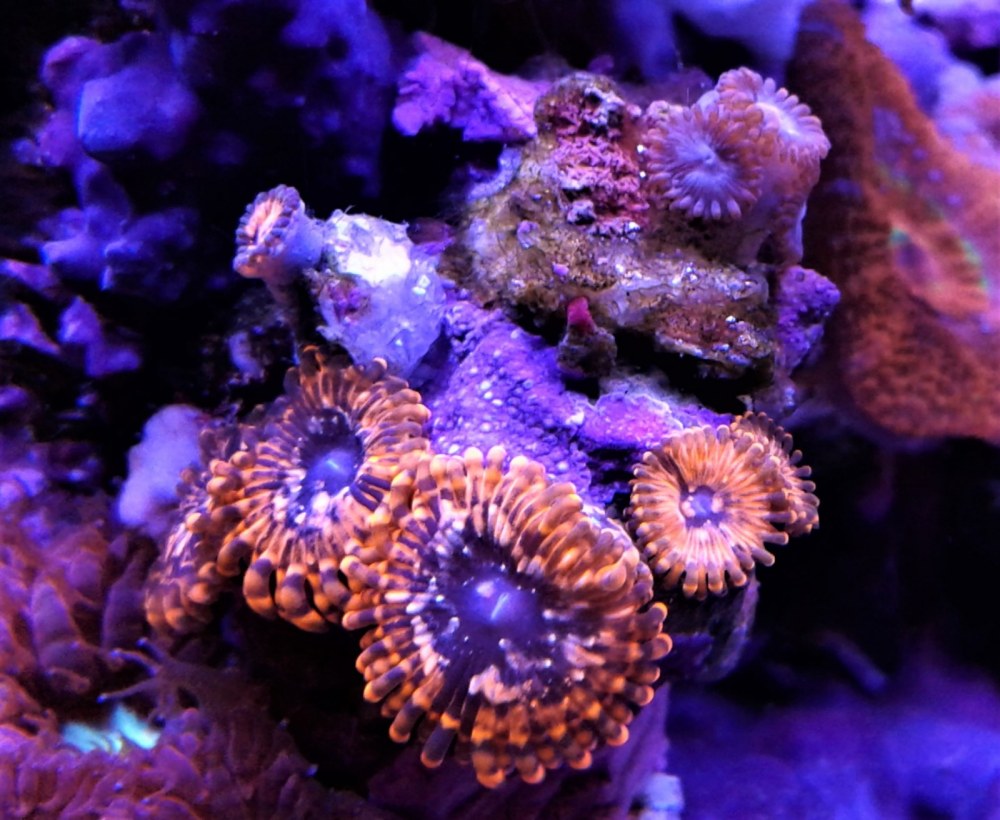
A mixture of ReefRoids, very fine ground flakes and a bit of Health Food veggie powder...and baby brine shrimp.What are you feeding the NPS?
I agree those utter chaos look great in your pics!! Bet they look even better in person.
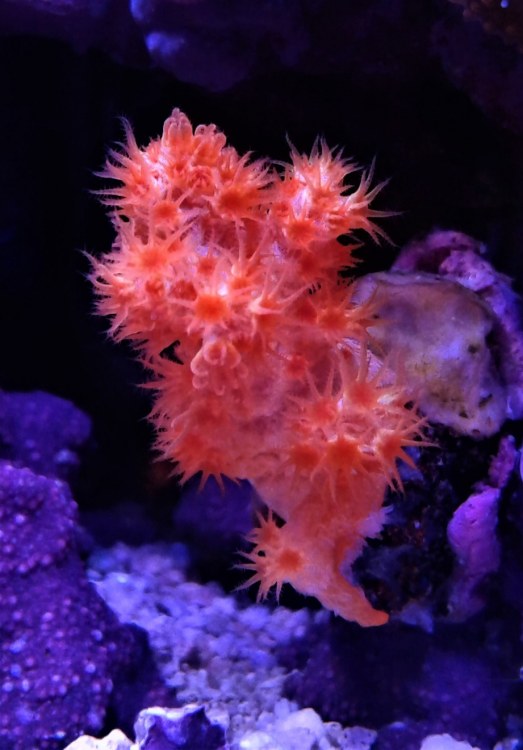
If you are up for the really long version of this continuing saga visit the 'nano-reef' website and search by title for 'Ye Olde'.Wow incredible story! Incredible tank! so rare seeing a tank updated this many years. Inspirational.
Looking great! Do they keep there polyp extension 24hrs a day? Did you order it or find that gem at your LFS?Well, 6 months in and the Scleronephtha seems to be a happy camper:
Looking great! Do they keep there polyp extension 24hrs a day? Did you order it or find that gem at your LFS?
I'm certainly not the first to suggest that bacteria may play a larger role in the maintenance of these corals, but it's hard for large macro organisms like us to believe that a coral ingesting minute microscopic creatures could find enough sustenance to sustain it. I helps to contemplate that 1 cubic cm of ocean water harbors around 1 million microbial cells, which is nothing to sneeze at
Which raises the interesting question, can more of us have success with these small polyped NPS corals (or at least certain types) if we knew that our system's microbiome had higher proportions/quantities of certain types of bacteria?
And if one doesn't have these types, can they be added to the system to supply these NPS with the nutrition that they need?
Interestingly, this assumption is being tested by Ken over at Hydrospace LLC feeding PNSBs (Photsynthetic Non-Sulfur Purple Bacteria/Marine Snow as a major component of a Dendronephthya sp. nutrition (scroll to the 25 minute mark for the Dendronephthya discussion):
(I typically don't plug products, but the information in this video is informative)
I'll be the first to say that I'm making suppositions based on indications that point towards the bacterial component being a major player in the maintenance of at least some of these small polyped NPS corals. I'm just a typical hobbyist with a small non-filtered mixed reef aquarium, limited resources and a system that happens to supports a Scleronephthya sp. (for 6 months, at any rate) that is attempting to 'put the pieces together' to arrive at a better understanding of the energy needs of these NPS corals
Man, I can't thank you enough for your very interesting post. You sent me down a rabbit hole that yielded lots of cool new insights (maybe) into keeping NPS nephthiids.
After some limited success with the Dendronephthya referenced in your post (that one died after a system failure after 5 months), I made a second attempt in a larger tank with two nearly identical specimens. These pretty clearly starved to death after a few months, unfortunately. Differences this time, had a bit less flow and fed a bit less PNS YelloSno... But the big difference this time (I think) is that I fed less phyto. The issue with that could be related to fatty acid composition. The purple non-sulfur bacteria in PNS ProBio (Rhodopseudomonas palustris), like any food, have their strong and weak points. The strong points are their extremely high protein content (especially relative to phyto), their digestibility (they lack a cellulose-based cell wall as opposed to phyto), they are rich in B and E vitamins and they are rich in carotenoids. Their one big weak point is their fatty acid profile. It's not terrible, as they do serve as a great source of stearic, oleic and aminolevulinic acid (ALA). But they apparently pale in comparison to phyto when it comes to some other, essential fatties such as docosahexaenoic acid (DHA). Could be that some combo is ideal for these corals? I've seen a paper (using Artemia as models) that suggested as much, showing that a combo with phyto was better than either phyto or Rhodopseudomonas alone.
And differences between Dendronephthya and most zooxanthellate corals could be at play here. Symbiodinium is known to synthesize many essential fatties, including DHA. Seems pretty obvious that in an oligotrophic environment such as a coral reef (where phyto are scarce) that zooxanthellate corals obtain most of their fatties from Symbiodinium. It even appears that fatty acid profiles of endosymbiotic Symbiodinium differ from those of free-living counterparts. So yeah, even if the dendros are simply feeding on planktonic Symbiodinium, they're not necessarily obtaining the same nutritional content. With other types of phyto in such poor supply, it would mean that they are REALLY good at grazing microalgae, or they're getting those particular fatty acids from some microbial source.
Absolutely, Rhodopseudomonas is abundant on reefs and has indeed been shown to be an important dietary component of corals (including as probiotics and symbionts)--at least for zooxanthellate corals. And that would make sense... Symbiodinium provides plenty of DHA whereas Rhodopseudomonas provides ALA, stearic acid, etc. Rhodopseudomonas is rich in oleic acid too, which might be notable since it is not easily synthesized by Symbiodinium in a nutrient-poor environment such as a reef.
But I don't want to ramble here... Still climbing out of that rabbit hole haha. Point is, even if bacteria are an important (or even critical) component of the NPS nephthiid diet, seems to me that they are nevertheless insufficient by themselves. The missing part, especially if it relates to fatty acids, is microalgae. Maybe. Unlike most bacteria, algae are rich in essential long-chain fatty acids including polyunsaturated fatties such as the omega-3s DHA and ALA. While Rhodopseudomonas could supply lots of ALA (better than Symbiodinium, in fact), it is a poor source of DHA. Symbiodinium is a great source of DHA, at least as an endosymbiont, but that of course doesn't apply much to Dendronephthya nor to any azooxanthellate animal. Are dendros really that good at eking out their fatty acids from the pittance of available phyto on a reef? Or do they get them from some other microbial source?
The high abundance of Pelagibacter-type bacteria in your system caught my attention. This shouldn't be unusual, as these are probably the most abundant bacteria on Earth, perhaps as many as half of all marine bacteria. But for some weird reason they are (like Rhodopseudomonas) grossly underrepresented in aquaria. So I'm wondering (as I believe you are), could this be why your Scleronephthya is doing so well? What is it that you're doing (or not doing) that is supporting the Pelagibacter so well? Pelagibacter grows best in an oligotrophic environment, are you maintaining low nutrient levels (I saw NO3 reported as high as 30 ppm, but you also stated that was anomalous)? I was curious about the fatty acid profile of Pelagibacter; surprisingly, according to the few available studies, it appears to be fairly poor in this area. But Pelagibacter is just a third piece of the puzzle... I'm familiar with the paper you linked above, and it's pretty clear that corals like to eat Pelagibacter for SOME reason. The big one is, is the health of your sclero directly related to the abundance of Pelagibacter, or is it coincidental (i.e. they just happen to both like the conditions of your system)?
Anyway, thanks again for sharing all those thoughts and observations. If you have any additional observations to offer regarding either your Pelagibacter or your Scleronephthya, I'd be extremely interested in hearing more.
But I don't want to ramble here... Still climbing out of that rabbit hole haha. Point is, even if bacteria are an important (or even critical) component of the NPS nephthiid diet, seems to me that they are nevertheless insufficient by themselves. The missing part, especially if it relates to fatty acids, is microalgae. Maybe. Unlike most bacteria, algae are rich in essential long-chain fatty acids including polyunsaturated fatties such as the omega-3s DHA and ALA. While Rhodopseudomonas could supply lots of ALA (better than Symbiodinium, in fact), it is a poor source of DHA. Symbiodinium is a great source of DHA, at least as an endosymbiont, but that of course doesn't apply much to Dendronephthya nor to any azooxanthellate animal. Are dendros really that good at eking out their fatty acids from the pittance of available phyto on a reef? Or do they get them from some other microbial source?
